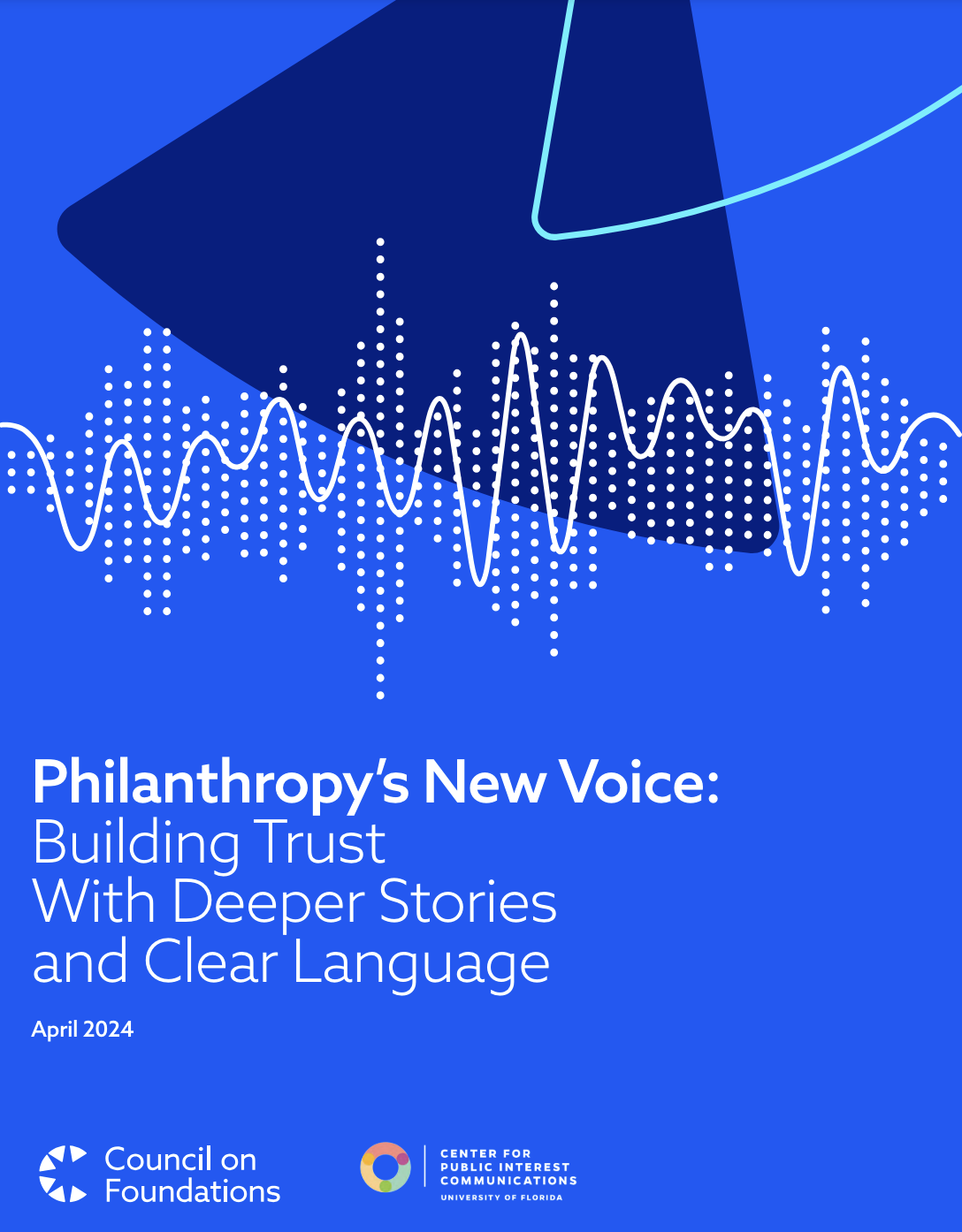
Clearly, internal communication managers need specialist knowledge of the employee engagement concept to assist in developing engagement-increasing communications. To help in this regard, this Research Conversations post summarises the evolution of the employee engagement concept and provides a brief overview of some influential definitions.
Following an extensive survey of engagement literature, I’ve conceptualised three main evolutionary waves in the development of the employee engagement concept preceded by a pre-wave era. They are briefly outlined next:
Pre-wave era
Before the engagement concept emerged per se, there was general recognition of the need for employees to engage with their work and organisations. For example in 1966, social psychologists Daniel Katz and Robert Kahn discussed employee behaviours needed to achieve organisational effectiveness, including to engage in occasional innovative and cooperative behavior beyond the requirements of the employee’s role.
Wave 1 1990-1999
William Kahn could be considered an academic parent of the employee engagement movement as his work on personal engagement has been highly influential. In 1990, Kahn identified three psychological conditions necessary for engagement (meaningfulness, safety, and availability), and defined personal work engagement as: ‘The harnessing of organizational members’ selves to their work roles; in engagement, people employ and express themselves physically, cognitively, and emotionally during role performance.’
Practitioner interest was developing and the term employee engagement came into use, widely credited as being coined by consultancy firm Gallup in 1999.
Wave 2 2000-2005
There was growing interest in the employee engagement concept in this era from both consultancies and academics, and another influential academic definition was contributed by Wilmar Schaufeli and Arnold Bakker. They defined job engagement as a positive, fulfilling, work-related state of mind, characterized by vigor, dedication, and absorption. Meanwhile, consultants Hewitt Associates described engagement as the state in which people are emotionally and intellectually committed to their organisations, indicated by say – stay – strive behaviours.
Wave 3 2006-2010
Consultancy and professional bodies produced masses of survey reports during this era, which began with work by Alan Saks broadening Khan’s 1990 engagement concept to include organisational engagement as well as job engagement. Also in this timeframe, there was a surge of academic interest in engagement culminating in the publication of two scientific handbooks in 2010. William Kahn contributed a chapter on the essence of engagement to the handbook edited by Simon Albrecht. Khan discusses lessons from his 30-year involvement in the field and describes engagement occurring as employees offer up different degrees and dimensions of their selves. He emphasises that engagement is not static, and that it is influenced by an internal calculus that employees make both consciously and unconsciously.
The notion that employee engagement is fluid is significant for internal communication professionals who seek to build engagement via effective communication. And it is pivotal in my own understanding of organisational engagement. I see it as a dynamic, changeable psychological state which links employees to their organisations, manifest in employee role performances expressed physically, cognitively and emotionally, and influenced by organisation level internal communication. Perhaps research focused on communications needed by employees to enable engagement could form an important fourth wave of engagement research?
Dr. Mary Welch is a senior lecturer in communication management for the Division of Communication, Marketing and Public Relations at Lancashire Business School – University of Central Lancashire, UK.




Dear Mary, I think this is one of the most significant areas of internal communication research and I will share your definition with my students interested in the matter. Thank you.